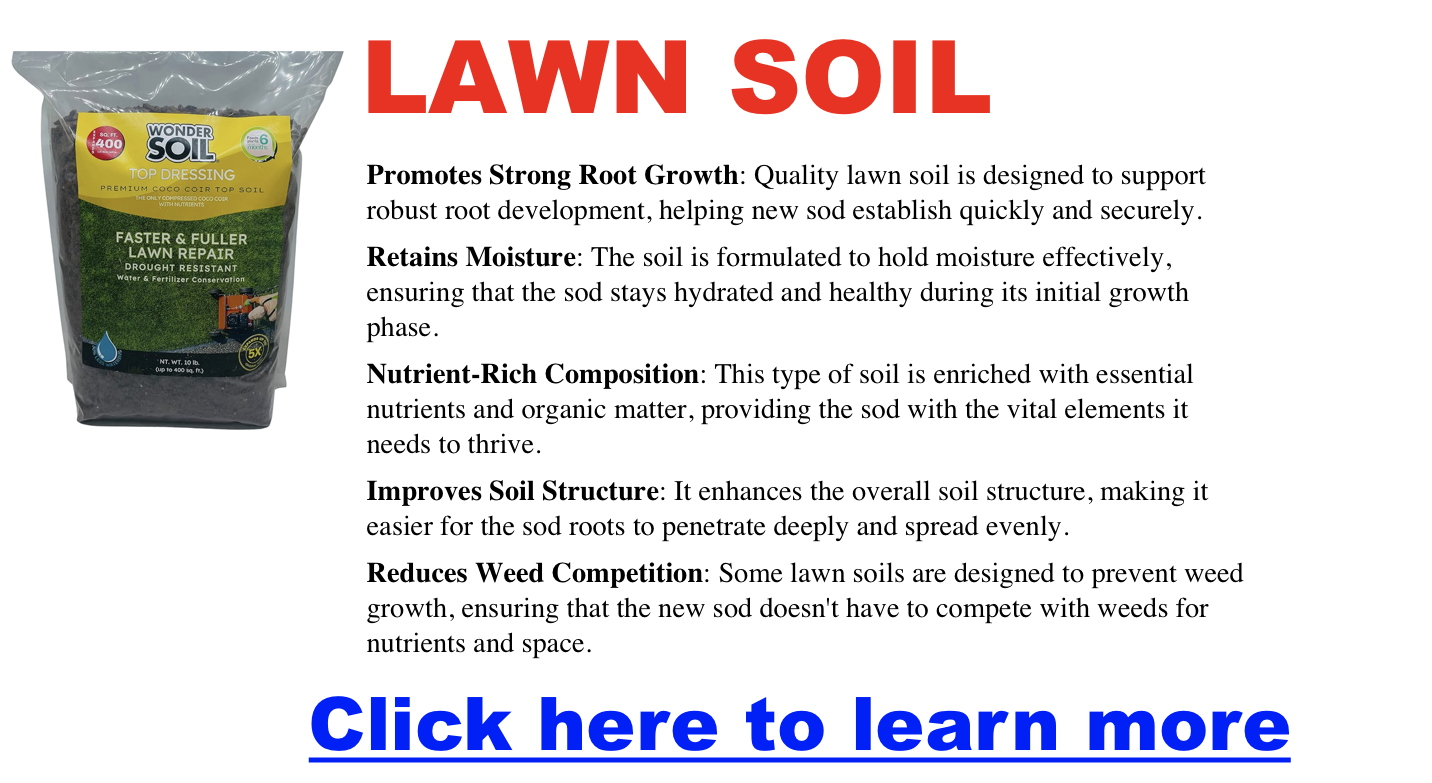How Much Is a Pallet of St Augustine Grass: St Augustine Sod Pallet & Installation Costs
Pallets of St. Augustine grass varies, typically ranging from $130 to $400. Each pallet covers about 400 to 600 square feet of lawn area. The price can differ based on the grass’s quality, the supplier, and the region. Factors such as the season of purchase and the current demand for St. Augustine grass can also influence the overall cost. This price range does not include installation, which can significantly increase the total investment required to establish a new lawn.
How Much Does St Augustine Grass Cost?
Click here for my favorite filler grass seed to rejuvenate a lawn
Aside from pallets, you can also pick up sod — which typically comes in ‘plugs’ of various counts (16,32,64, etc), and they usually cost between $32-$55-$92 from Home Depot, respectively.
How Much Does a Pallet of St Augustine Sod Weigh?
A pallet of St. Augustine sod typically weighs between 4,000 to 5,000 pounds. This weight range accounts for the sod itself along with the soil attached to its roots and varies based on factors like soil moisture content at the time of purchase.
How Much Does St Augustine Sod Cost Per Square Foot?
Click here for our favorite landscaping advice that’ll save you money
The cost of St. Augustine sod per square foot ranges from $0.30 to $0.80, but of course, it depends on where you get it, the quality of the sod, the region where it is purchased, and the supplier.
To calculate the cost of St. Augustine sod for your lawn, you can use the following formula based on the price per square foot and the area coverage of a pallet:
Total Cost=Cost per Square Foot×Area CoveredTotal Cost=Cost per Square Foot×Area Covered
Given that St. Augustine sod costs between $0.30 to $0.80 per square foot and a pallet covers between 400 to 600 square feet, the cost for a full pallet can range from approximately:
- Minimum: $120 (at $0.30 per sq ft covering 400 sq ft)
- Maximum: $480 (at $0.80 per sq ft covering 600 sq ft)
How Much Is a Pallet Without Installation?
For those considering the DIY route, the primary expenses will be the cost of the sod itself and any necessary tools or soil amendments. However, for a professional installation, the costs include both the sod and labor.
- DIY Installation: Aside from the cost of the sod (ranging from $130 to $400 per pallet, covering 400 to 600 square feet), you may need to invest in soil preparation tools and materials, such as a rototiller, soil amendments, and a lawn roller. The additional costs for these materials and tools can range from $75 – $200, depending on what you already have and the condition of your lawn.
- Professional Installation: Hiring professionals to install your St. Augustine sod can cost between $400 to $900 for a pallet’s worth of coverage, including the sod cost. This price range accounts for labor, soil preparation, installation, and initial watering. The advantage of professional installation is the assurance that the sod will be correctly installed or at least guaranteed to some degree.
How Do You Take Care of St Augustine Grass After Installation?
Click here for landscaping ideas without hiring costly designers
Following installation, there are several key steps you should take to care for your new lawn:
- Watering: St. Augustine grass requires consistent moisture, especially in the first few weeks after installation. Water your new sod deeply at least once a day for the first 7-10 days to ensure the roots establish well. After that, reduce the frequency to 2-3 times per week, so that the soil can dry slightly between waterings. Once established, St. Augustine grass typically needs about 1 inch of water per week.
- Mowing: Wait until the grass has rooted firmly before the first mow, usually 2-3 weeks after installation. St. Augustine grass thrives when maintained at a height of 2.5 to 4 inches, which encourages deep root growth and weed suppression.
- Fertilization: Begin fertilizing your St. Augustine lawn about 4-6 weeks after installation, using a lawn fertilizer that’s specifically formulated for St. Augustine grass. Use fertilizer, typically once in early spring and again in late summer or early fall.
- Weed Control: It’s best to handle weeds before installing your sod. However, if weeds appear, use a weed killer labeled safe for St. Augustine grass, following the manufacturer’s instructions closely to avoid damaging the grass. Hand-pulling weeds is also effective and safe for your lawn.


